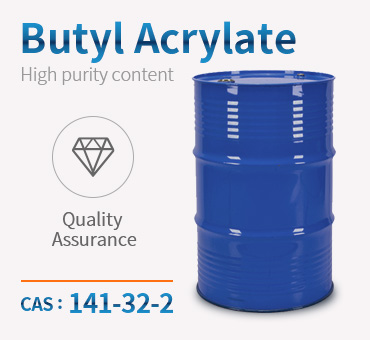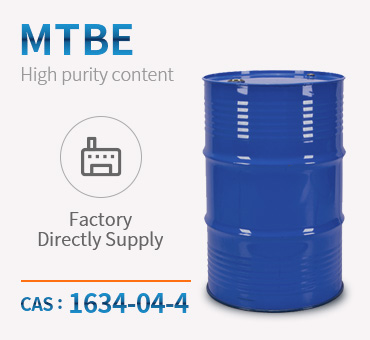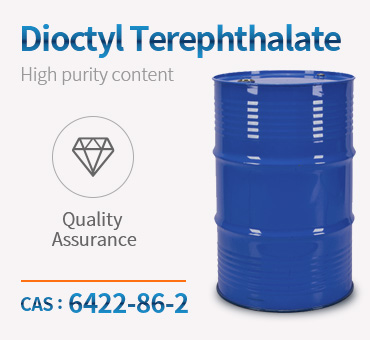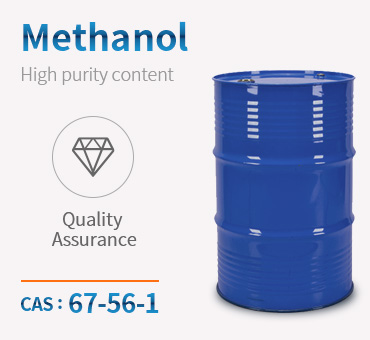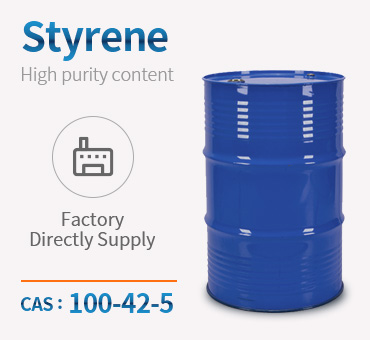New Arrival China Aniline Factory - Formic Acid CAS 64-18-6 China Best Price – Chemwin Detail:
Product Name:Formic acid
Molecular format:CH2O2
CAS No:64-18-6
Product molecular structure:
Specification:
|
Item |
Unit |
Value |
|
Purity |
% |
75min/85min |
|
Color |
APHA |
10max |
|
Sulfate(as SO4) |
% |
0.001max |
|
Iron content(as Fe) |
% |
0.0001max |
|
Appearance |
- |
Colorless clear liquid without the suspended solid |
Chemical Properties:
FORMIC ACID is a colorless liquid with a pungent odor. It is a stable corrosive, combustible, and hygroscopic chemical substance. It is incompatible with H2SO4, strong caustics, furfuryl alcohol, hydrogen peroxide, strong oxidisers, and bases and reacts with strong explosion on contact with oxidising agents.
Due to the −CHO group, Formic acid imparts some of the character of an aldehyde. It can form salt and ester; can react with amine to form amide and to form ester by addition reaction with unsaturated hydrocarbon addition. It can reduce the silver ammonia solution to produce a silver mirror, and make the potassium permanganate solution fade, which can be used for the qualitative identification of formic acid.
As a carboxylic acid, formic acid shares most of the same chemical properties in reacting with alkalis to form water soluble formate. But formic acid is not a typical carboxylic acid as it can react with alkenes to form formate esters.
Application:
Formic acid has a number of commercial uses. It is used in the leather industry to degreaseand remove hair from hides and as an ingredient in tanning formulations. It is used as alatex coagulant in natural rubber production. Formic acid and its formulations are used aspreservatives of silage. It is especially valued in Europe where laws require the use of naturalantibacterial agents rather than synthetic antibiotics. Silage is fermented grass and crops thatare stored in silos and used for winter feed. Silage is produced during anaerobic fermentationwhen bacteria produce acids that lower the pH, preventing further bacterial action. Acetic acidand lactic acid are the desired acids during silage fermentation. Formic acid is used in silageprocessing to reduce undesirable bacteria and mold growth. Formic acid reduces Clostridiabacteria that would produce butyric acid causing spoilage. In addition to preventing silagespoilage, formic acid helps preserve protein content, improves compaction, and preservessugar content. Formic acid is used as a miticide by beekeepers.
Product detail pictures:
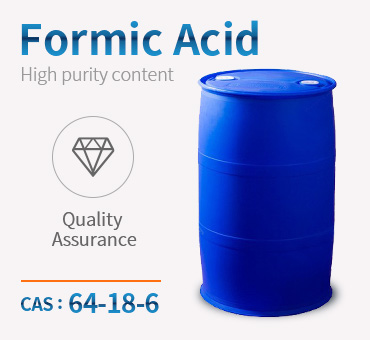
Related Product Guide:
In the past few years, our business absorbed and digested advanced technologies both equally at home and abroad. In the meantime, our company staffs a group of experts devoted to your advancement of New Arrival China Aniline Factory - Formic Acid CAS 64-18-6 China Best Price – Chemwin , The product will supply to all over the world, such as: Germany, Auckland, Angola, We've customers from more than 20 countries and our reputation has been recognized by our esteemed customers. Never-ending improvement and striving for 0% deficiency are our two main quality policies. Ought to you want anything, don't hesitate to contact us.
The product manager is a very hot and professional person, we have a pleasant conversation, and finally we reached a consensus agreement.
Products categories
-

Phone
-

E-mail
-

Whatsapp
-

Top

